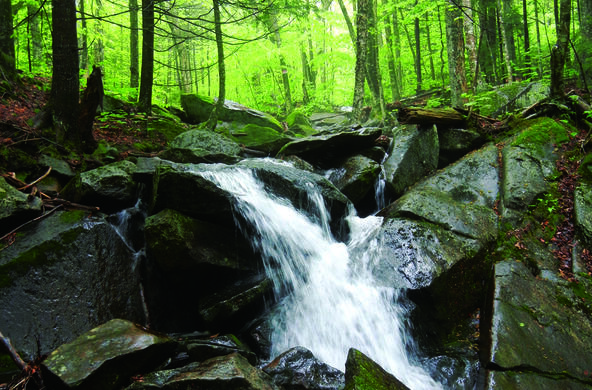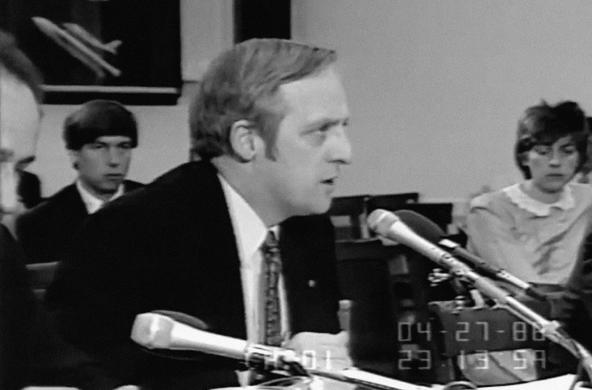Fourteen scientists and one engineer were named by President George W. Bush on May 9, 2002 to receive the National Medal of Science, the nation's highest award for lifetime achievement in fields of scientific research.
Dr. Likens, with colleagues, was the first to document the link between the increasing acidity of precipitation and fossil fuel combustion in North America, and the long-term consequences of this phenomenon – acid rain. The results of his long-term research at the Hubbard Brook Experimental Forest in New Hampshire have catalyzed vigorous public policy dialogue, stimulated new scientific studies, and raised awareness of the connections between human activities and the ecosystems upon which humans are dependent. His work and the attention it commanded led to national legislation addressing the effects of acid rain. His approach is now a guiding paradigm in the science of ecology and in the application of this science to finding solutions for global environmental problems, including deforestation, the greenhouse effect, acid rain, and eutrophication.
"I am truly honored and pleased by the award, but I am particularly excited about the visibility and opportunity it provides for ecology and environmental science," Dr. Likens said.
The National Medal of Science honors individuals in a variety of fields for pioneering scientific research that has enhanced our basic understanding of life and the world around us. The National Science Foundation administers the award established by Congress in 1959. "We are proud of these extraordinary people - and grateful for their unceasing inquisitiveness, creativity and dedication to obtain new knowledge for the good of all humankind," NSF Director Rita Colwell stated. Including this year's laureates, the honor has been conferred on 401 distinguished scientists and engineers.
The honorees received the medals at a White House ceremony on June 12, 2002.








